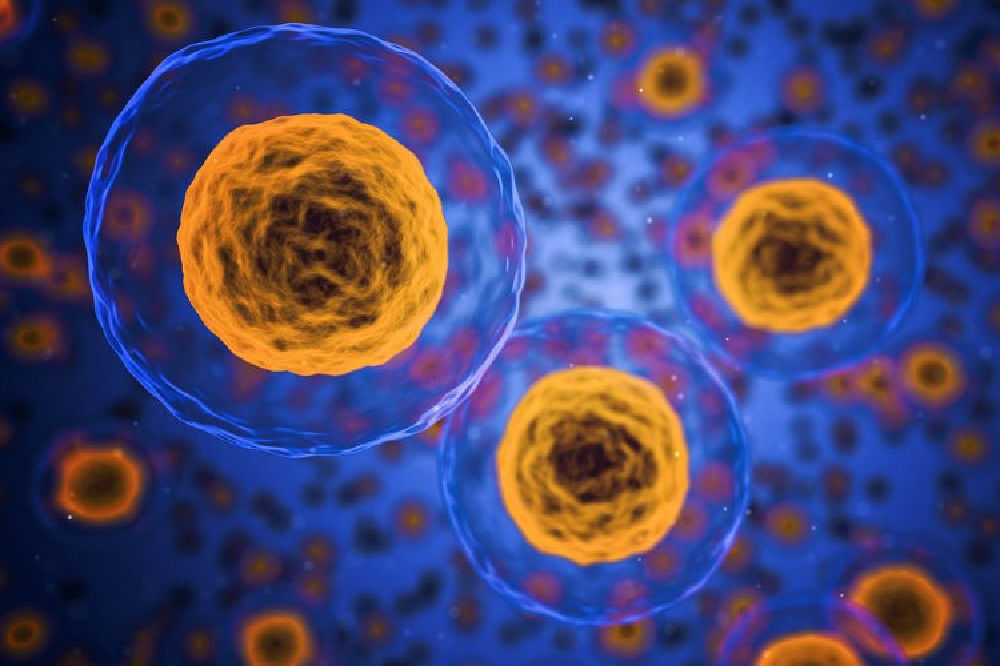As you might already know, antibiotics are an incredible type of medication that battle against harmful bacteria to our bodies. These will either kill the bacteria outright or prevent it from duplicating. Nevertheless, antibiotics are quite strong and should only be taken with a doctor's prescription. This is because they can destroy what's known as "good" bacteria in our intestines which causes side effects such as nausea, diarrhoea, bloated stomach, indigestion, abdominal pain, and a weak appetite.

Health (credit pixabay)
While there's little cause for alarm, antibiotics are generally only suggested by doctors if there's no other cause of action. The medicine will typically work against harmful bacteria, but as the side effects are uncomfortable and the balance of bacteria in the digestive system is interrupted, it's best to eat and drink the right things to lessen any discomfort and promote healing. It's also recommended to learn how to restore gut flora after antibiotics with Biomes to ease any discomfort. Here's what you should be having and what to avoid when taking antibiotics.
Probiotics
Probiotics are essentially living microorganisms that are actually healthy forms of bacteria. These help reduce side effects from the antibiotics, but as the medicine can kill off the good guys in probiotics, it's typically recommended to take antibiotics and probiotics around 2-3 hours apart. Even after taking antibiotics, it's never a bad idea to continue using probiotics to promote gastrointestinal healing and restore the balance. Types of probiotic foods include special types of yoghurt, a milk drink called kefir, and fermented cabbage such as sauerkraut or kimchi. Read the full list here.
Prebiotics
Similar to probiotics, prebiotics are types of foods that actively help good bacteria that live in the gut. This food can be taken before, during, and after antibiotics to help the balance of intestinal flora. Foods such as onions, garlic, bananas, and artichokes are fantastic. Of course, a diet shouldn't consist solely of these foods, but can be supplemented with a normal, healthy diet recommended by your doctor.
Fermented foods
Fermented foods hold microorganisms and are a fantastic source of good bacteria. This type of food is best eaten raw or at least very fresh, as heat can sometimes kill off the helpful bacteria you're trying to get into your body. Helpful fermented foods include miso, tempeh, kimchi, types of yoghurt (plain, low-fat options like Greek yoghurt are best), pickles, and even fresh salami and cheese.
Vitamin K
If you already love your green vegetables, then you'll be happy that most of the food you eat will be rich in vitamin K. These help to reduce the impact of antibiotics on good bacteria and ensure your vitamin K levels remain stable. Try some kale, spinach, parsley, Brussels sprouts, and collards. Similarly, foods rich in fibre are typically best taken after antibiotics, as fibre helps to restore good bacteria and increase proper digestion. These include berries, beans, broccoli, lentils, nuts, and whole grains.
What to avoid when taken antibiotics
If you really want to help your intestinal flora when taking antibiotics and give your body the best chance to stay healthy during the process, it's best to avoid certain things during this time. Citrus fruits like grapefruits, lemons, and oranges are best left out, as the acidic nature of these foods can upset the stomach. As well, alcohol is typically said to make side effects much worse and even prevent antibiotics from working effectively. Consult with your doctor about whether alcohol is allowed with the antibiotics, but if unsure, best leave it.
Tagged in Health

